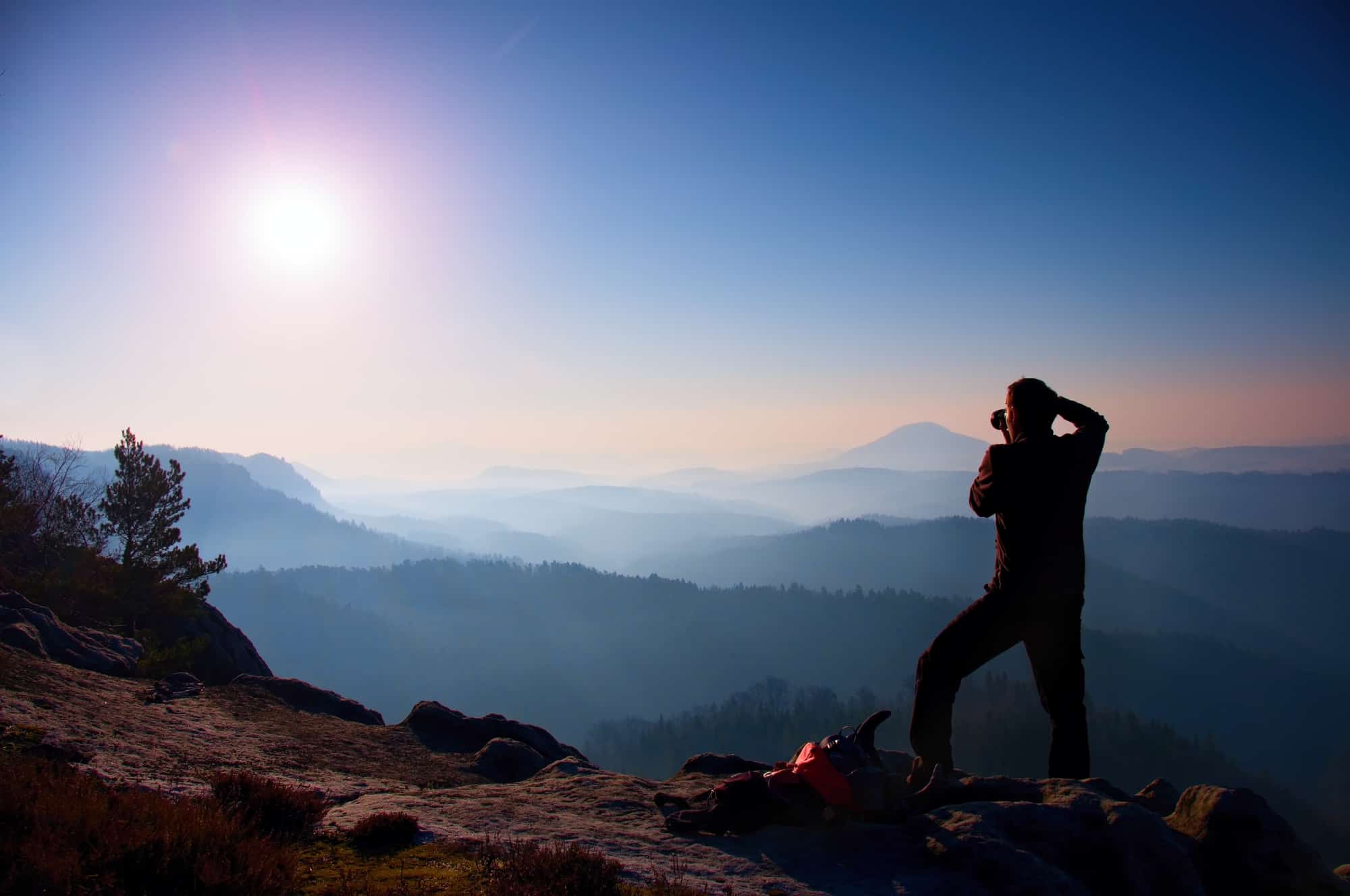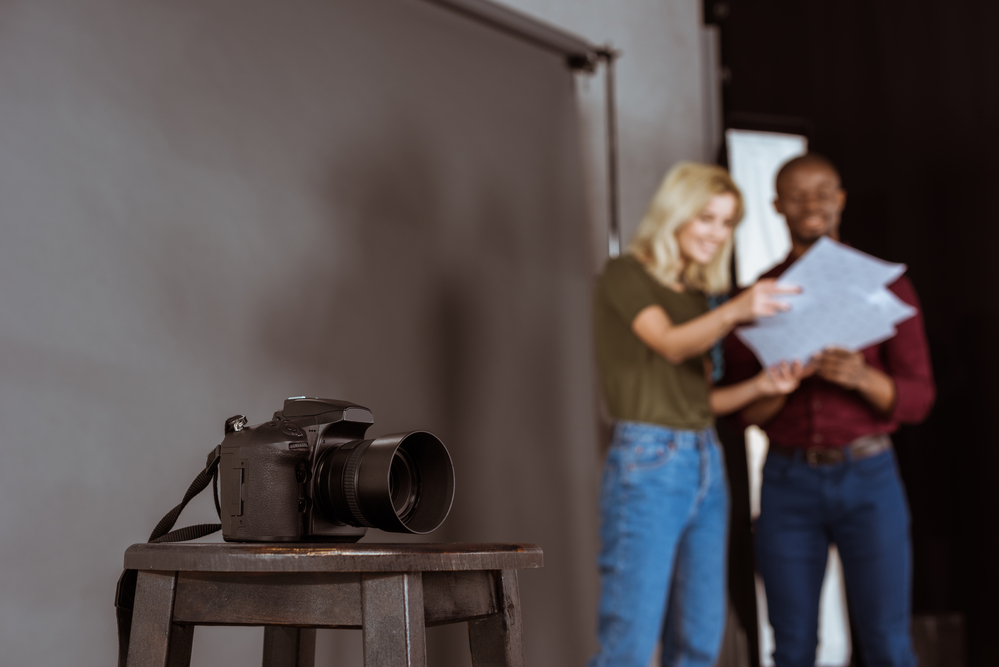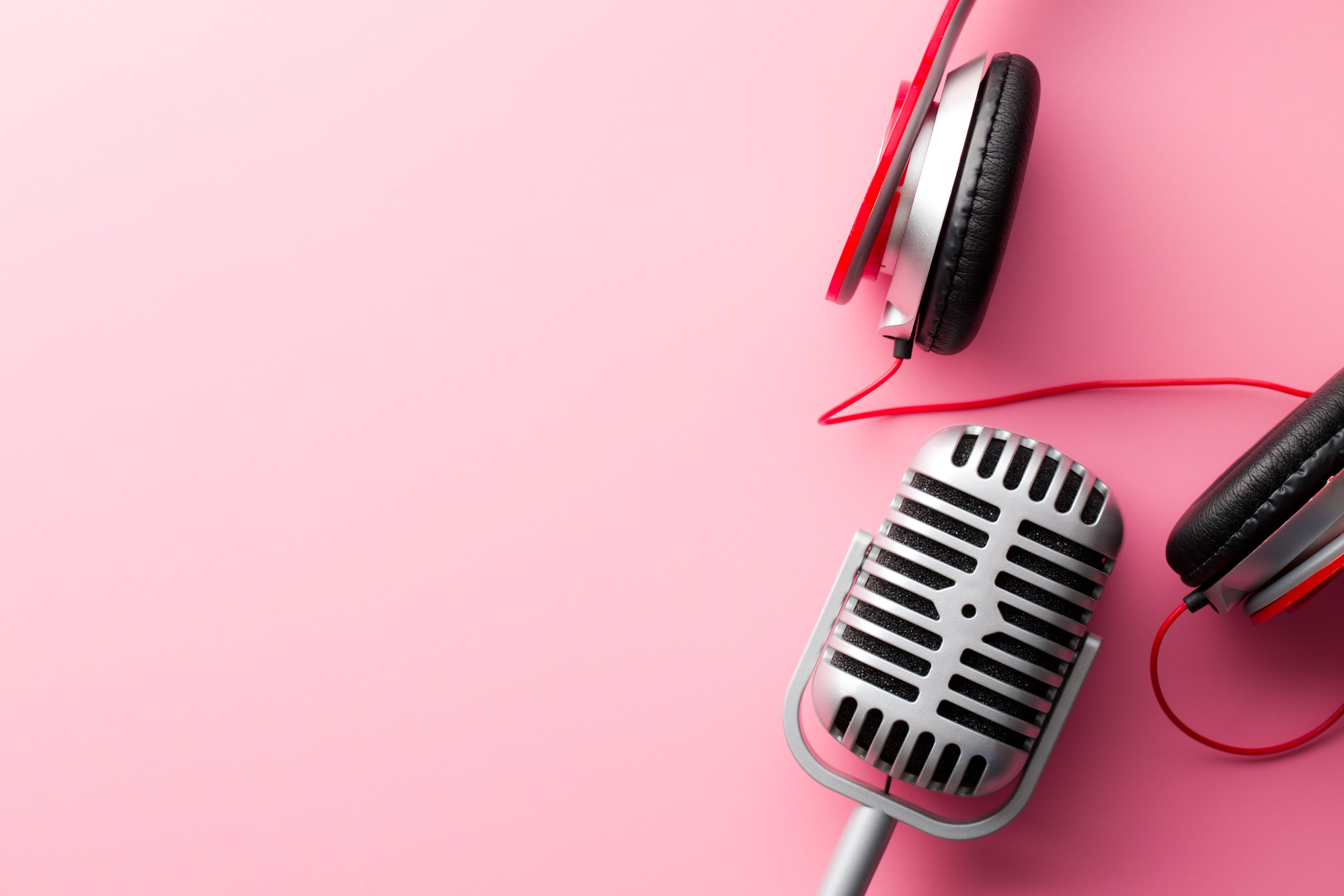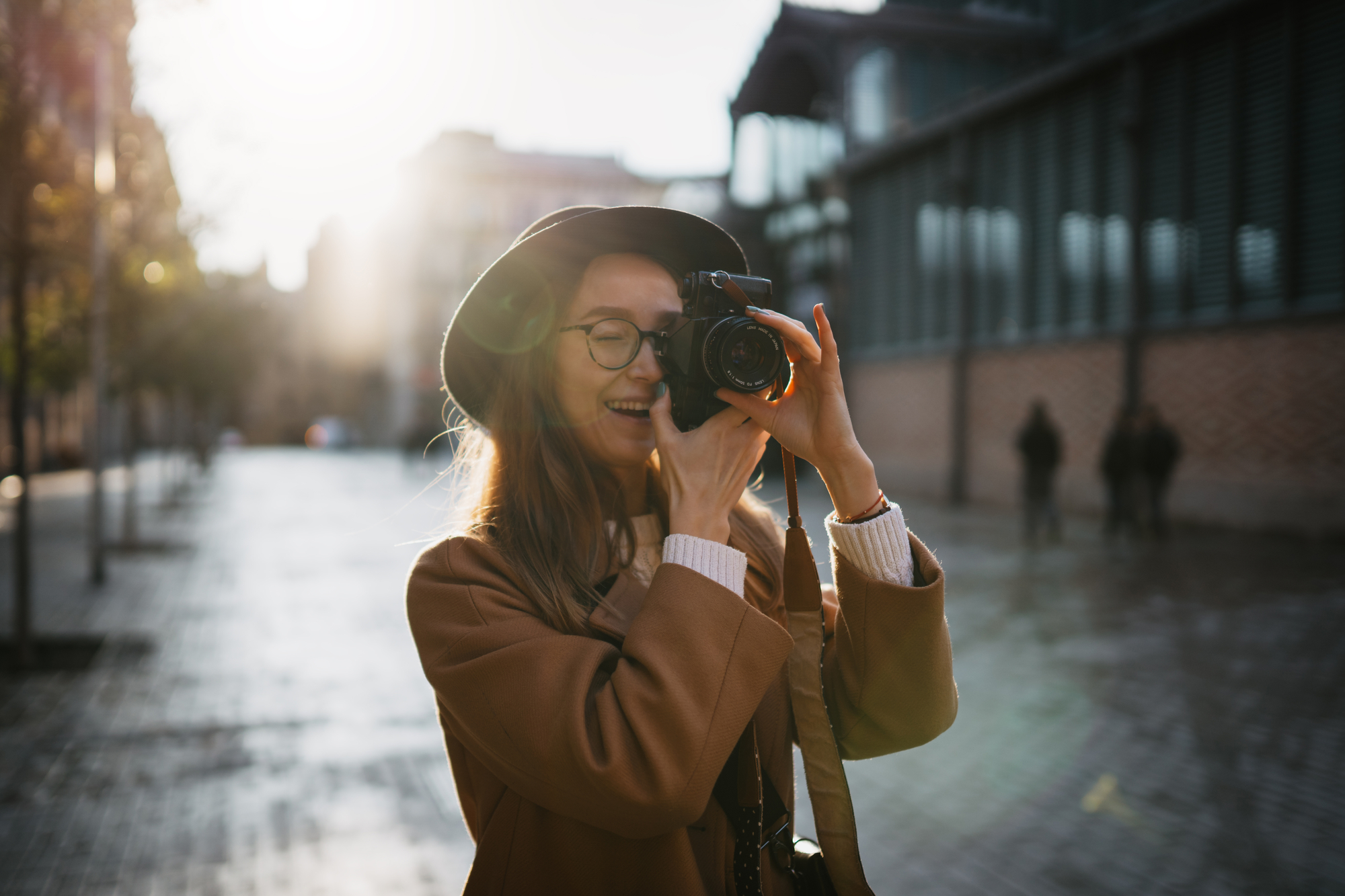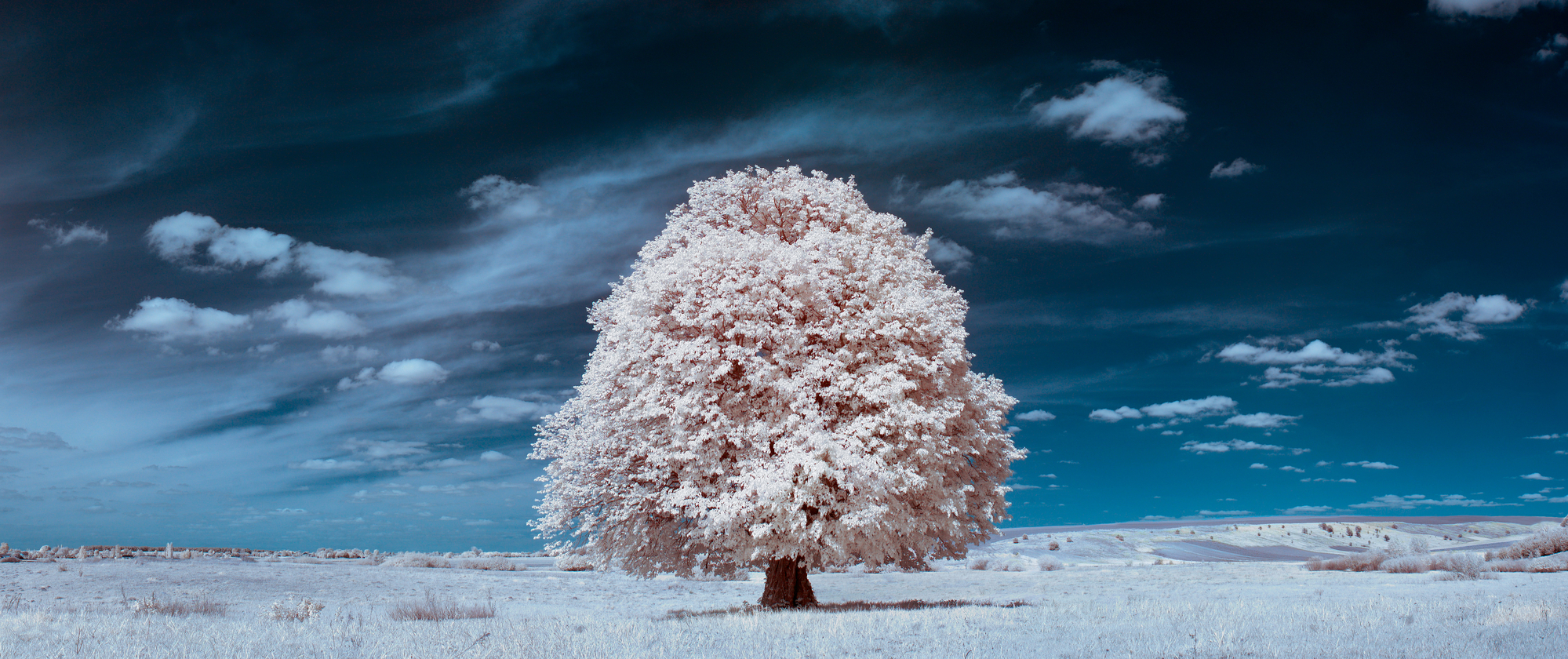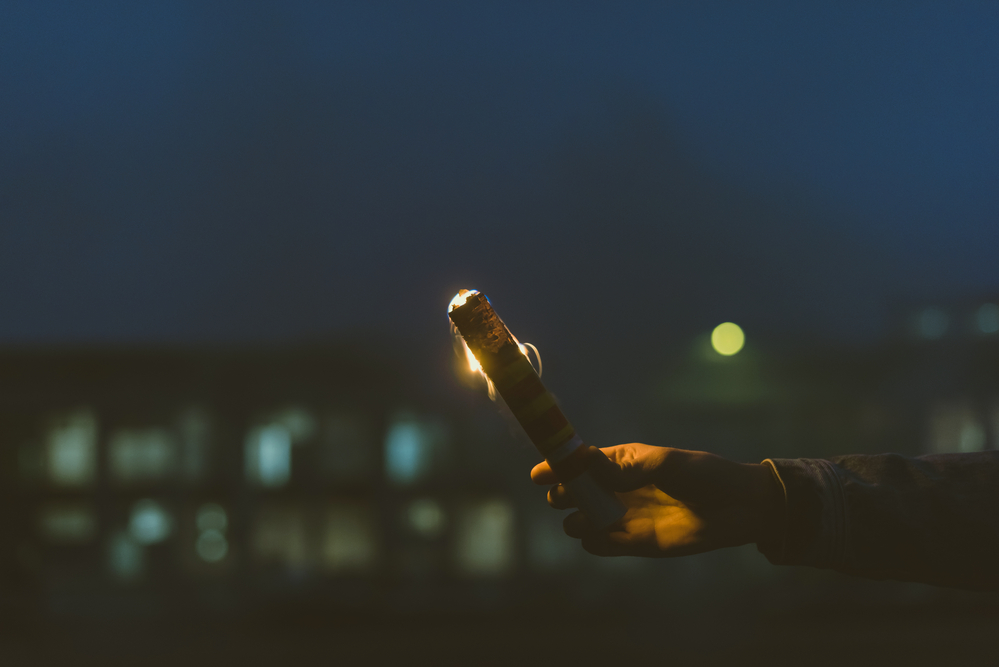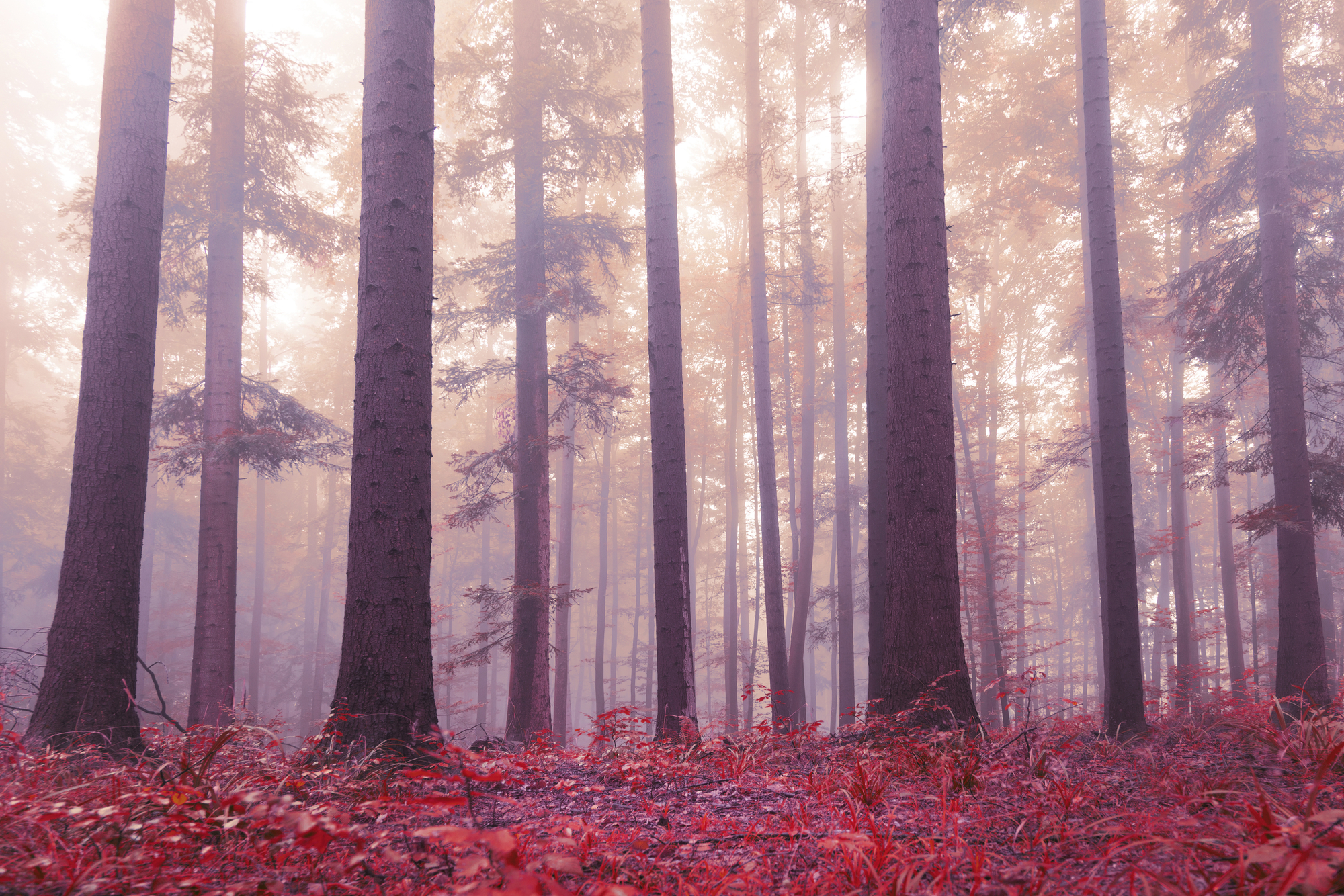What Is Focal Length?
The focal length is an optical property of a lens, meaning a distance between the optical center of a lens and a sensor of a camera. Focal lengths are usually measured in millimeters. The importance of focal length in photography lies within the fact that it influences the angle of view or field of view (how much of the scene will be captured in the shot) and magnification (the size of individual elements in your picture). If the focal length of your lens is short, you will get images with a wider field of view and lower magnification. Longer focal lengths provide a narrower angle of view and higher magnification.
Types of Lenses
Usually, lenses are categorized into two types which are based on their ability to zoom. There are lenses that don’t allow you to zoom in, while others let you do it. Apart from the ability to distort distance in a picture, this heavily influences their field of view and apertures.Prime lenses
Prime lenses are lenses with a fixed focal length, meaning they can’t zoom in. While such lenses are less versatile, they provide you with wider apertures, which makes them a great choice for dim weather and low lighting conditions as they are able to capture more light. What’s more, they are very popular with portrait photographers as they allow them to create a great bokeh effect with a wide-open aperture.Zoom lenses
Zoom lenses are lenses with a focal length you can vary, which allows you to zoom in. Zoom lenses are considered a more ‘universal’ option as you have more flexibility with framings and more options to crop later. They are also more beginner-friendly than prime lenses. Zoom lenses heavily vary, as there are macro lenses, standard lenses, and telephoto lenses, and their focal lengths are not the same. Below is some explanation of how you can vary different focal lengths (and different lenses) depending on your photography aims.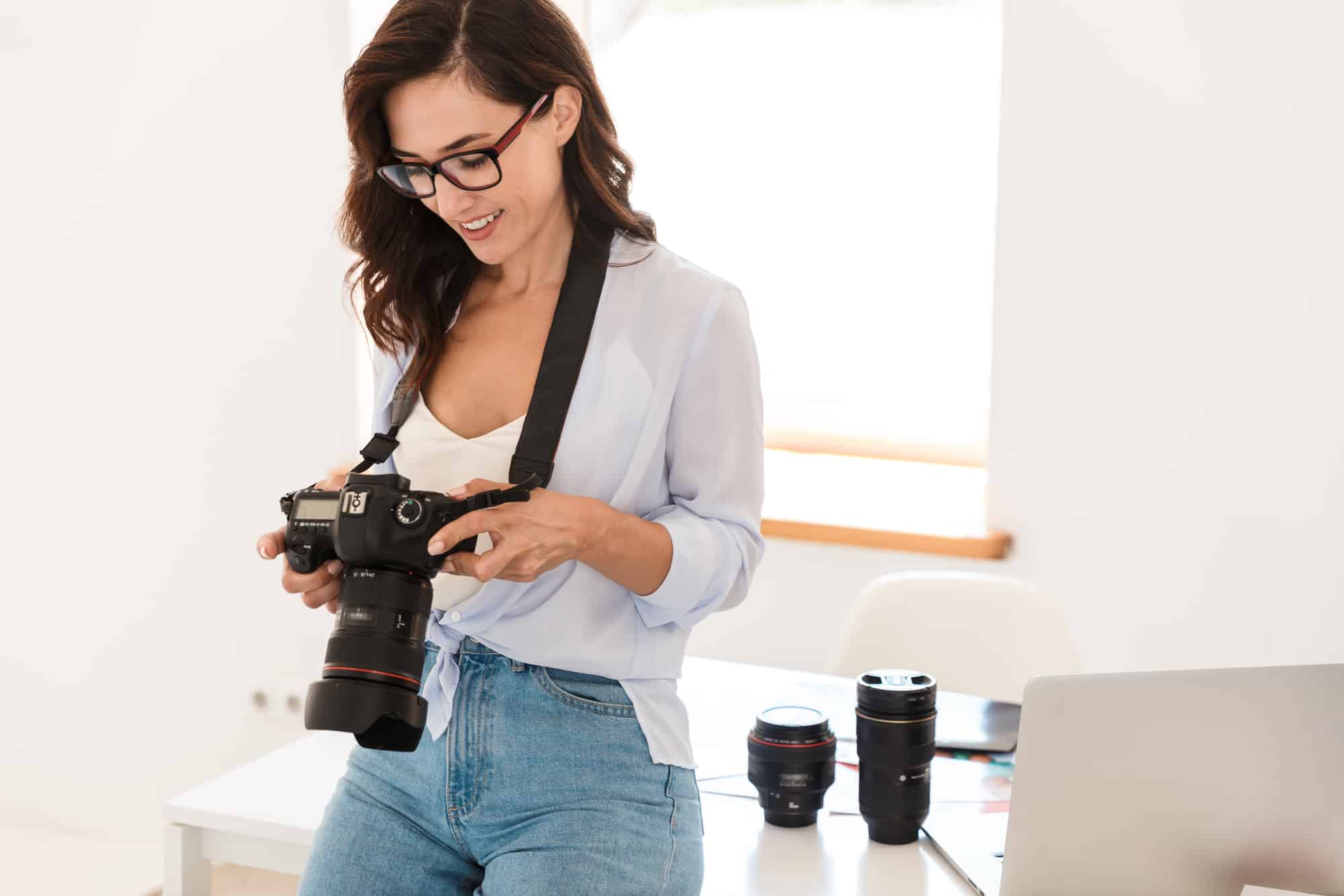
How to Use Different Focal Lengths in Your Photography
It makes sense to explain different focal lengths in terms of the variety of lenses, as this is their primary property. You should pick out a lens wisely, keeping in mind its focal length and your photography intentions.- Ultra wide-angle lenses: lenses with 14-14 mm focal length, used for shots with wide-open apertures and large depth of field; used in architecture and interior photography, portraiture, and shooting events.
- Wide-angle lenses: lenses with 24-35 mm focal length primary used in landscape and architecture photography, has a large depth of field.
- Standard lenses: lenses with 35mm-70 mm focal length, a universal, beginner-friendly choice, with kit lenses being standard lenses; popular with portrait photographers, can be used in a variety of genres. Standard lenses capture the world in a range similar to our human vision.
- Telephoto lenses: lenses with 70-300 mm focal length; have shallow depths of field; used in nature, wildlife, and sports photography, when a photographer can’t get close enough to a subject. If a lens has more than 300 mm in its focal length, it is called a super-telephoto lens.
